One of the most representative objects of the Japanese culture is obviously the kimono. Or the yukata! Is it the first time you read the word yukata?
Kimono and yukata are both traditional Japanese clothes are very similar: a T-shaped design, sleeves that cover the arms and a wide band of fabric to tighten the waist. At first sight they are almost identical!
Kimono and yukata are two very different clothes. Even if they have similar shape, they have opposite characteristics. The respect of Japanese customs and symbols imposes to recognize and to know how to wear at the right time one or the other of these clothes.
Mission impossible for non-Japanese, you think? Be reassured! Since you are curious about the customs of Japan, we will help you to distinguish the kimono from the yukata and understand step by step how to spot them at a glance. Let's go ! And if you with to lean more about the yukata, feel free to read our blog article to understand how to wear the Japanese Yukata?
What is the textile used for kimono or yukata ?

The first criterion to distinguish a kimono from a yukata is to recognize the fabric which composes it. For kimonos, it is a precious fabric, silk, which is used. The most elaborate kimonos are sometimes made of brocade, which is a silk enriched with gold or silver thread decorations.
For this reason, the kimono is a more delicate and sophisticated costume and more expensive! Which represents the refinement of Japanese culture.
The yukata was originally a Japanese bathing suit for aristocrats. The fabric used is therefore sewn in an airy cotton, which can both soak up water and let the skin breathe. Yukata are made of cotton, but nowadays we also find some in polyester, because this fabric is even lighter and cheaper...
In our countries, the yukata is most often adopted as a practical and pleasant garment for the house.
The fabric used is the first criterion to distinguish a kimono from a yukata. When you choose yours, you can observe, touch, consult the label... Or simply ask in which material it is sewn, in order to recognize one or the other.
However, these methods are tricky to apply when the garment is worn by someone you meet! Unless you have a trained eye, you will have to use other criteria to recognize the kimono from the yukata.
Locate if a lighter garment is worn underneath

Another important thing to know is the existence of an undergarment called nagajuban.
A kimono is too precious to be cleaned often. So to take care of the fragile fabric it is made of, a very thin nagajuban, made of light colored cotton or silk, is worn on the skin. This undergarment serves to absorb perspiration and to provide a protective surface between the skin and the kimono.
For the yukata, it is easier. The fabric is much less fragile and can be washed as many times as necessary. So there is no need to wear a lining underneath. Besides, it must remain thin and airy: no need to add an extra layer on the skin!
Japanese clothing with one or two overlapping collars

If you have read the previous paragraph, you will have understood that the presence or absence of the nagajuban allows you to know if the person has put on a kimono or a yukata.
When there is a second white collar underneath, it is probably a kimono, the second collar being the one of the nagajuban underwear. If there is only one collar, it is probably a yukata, worn next to the skin.`
Simple collar representative of the yukata
Examine the size and shape Kimono sleeves

The sleeves can also be an element to help differentiate the two garments.
The kimono has sleeves of various sizes: some like the furisode have very long sleeves, sometimes until they touch the ground. It used to be worn by single women, to present them as women to be married.
Other kimonos have different sleeve sizes to accommodate different generations or social positions, or the solemnity or not of the occasion.
The yukata, on the other hand, always remains simple: it is a less distinguished garment, whose sleeves will never exceed a certain length, to remain practical to wear.
Check the Tabi socks!

Pairs of Japanese wooden geta with Japanese socks
More unusual, another advice concerns the observation of the socks! For the kimono which is a ceremonial garment, white socks, more chic, are imperative, as well as traditional sandals.
It is a mark of elegance that cannot be ignored. The sandals can be geta or zori, depending on whether their sole is made of wood or straw. The socks, called tabi, have a particular shape to isolate the big toe and to be able to slip on the sandals comfortably.
Important tip for the day when you will put on a kimono: first put on the underwear, nagajuban and tabi, and only after, the kimono... Once the kimono is on, it is difficult to bend over to take care of the socks!
The yukata is a much more relaxed outfit than the kimono, so tabi are not imperative. You can slip your feet directly into your sandals.
Winter or summer, each season has its own Japanese clothing style

Remember that the yukata is an airy garment that is worn next to the skin. Naturally enough, you'll understand that it's more appreciated in the warm season! Outside when it's cold, it's unlikely you'll see any.
Conversely, layers can be added under the kimono (in addition to the nagajuban), and over it, like a skin stole, to make it a warm and protective garment. So it is possible to see people wearing it even when it is cold.
Japanese Dress according to the circumstances
You now have all the information to recognize the kimono or the yukata. Now you need to know the circumstances in which you will wear one or the other.
The kimono is the most distinguished: it is reserved for very solemn ceremonies such as a wedding or a tea ceremony, or the first temple visit of the year.
The yukata is worn for many other more relaxed and informal occasions. In the summer, it is popular for fun and joyful outings, for entertaining at festivals or participating in other festive events. But avoid wearing it in more formal settings, it would be a very inelegant misstep!
The left side of the collar is always above the right side

Whatever the chosen garment, kimono or yukata must be closed in the same way: you will close on your bust the left part of the fabric over the right part. For the Japanese, the opposite is reserved for the deceased, so it would be very indelicate to make a mistake... Always take a look to check before showing yourself in your beautiful Traditional Japanese outfit!
Is it possible to wear a kimono or a yukata even if you are not Japanese?
That's right. In summer, foreign tourists often walk around in yukata. There are even stores offering kimonos or yukatas for daily rental.
Is dressing in a kimono or yukata still common?
The kimono is still popular among Japanese men and women for special occasions such as important family or religious events. The elders, especially the women, sometimes even dress in kimono on a daily basis.
The yukata is preferred by women, who wear it easily in summer.
How to choose between yukata and kimono?
At this stage of the reading, you have reached a perfect expertise to distinguish a kimono from a yukata and you now recognize them at first sight! You have all the elements to use them in accordance with Japanese traditions.
Your choice will then depend on the occasion for which you will wear it. If it is a solemn occasion like New Year's Day or a wedding, or if the weather is cold, opt for the kimono. Don't forget to slip your tabi socks into traditional sandals to complete your outfit.
If you're in the mood for a practical and comfortable outfit for everyday life, or if you're planning to go to a Japanese summer entertainment, then choose a yukata! Whether you're staying at home or facing the high temperatures of summer, you'll always feel free and comfortable!
To go further, discover all the traditional Japanese Clothes...




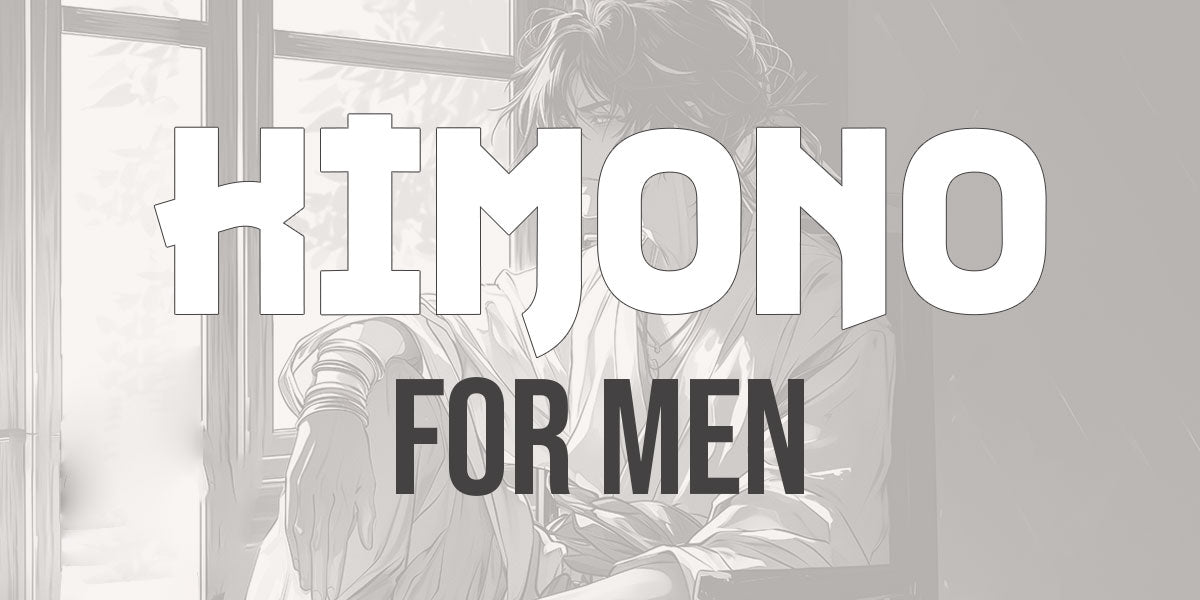
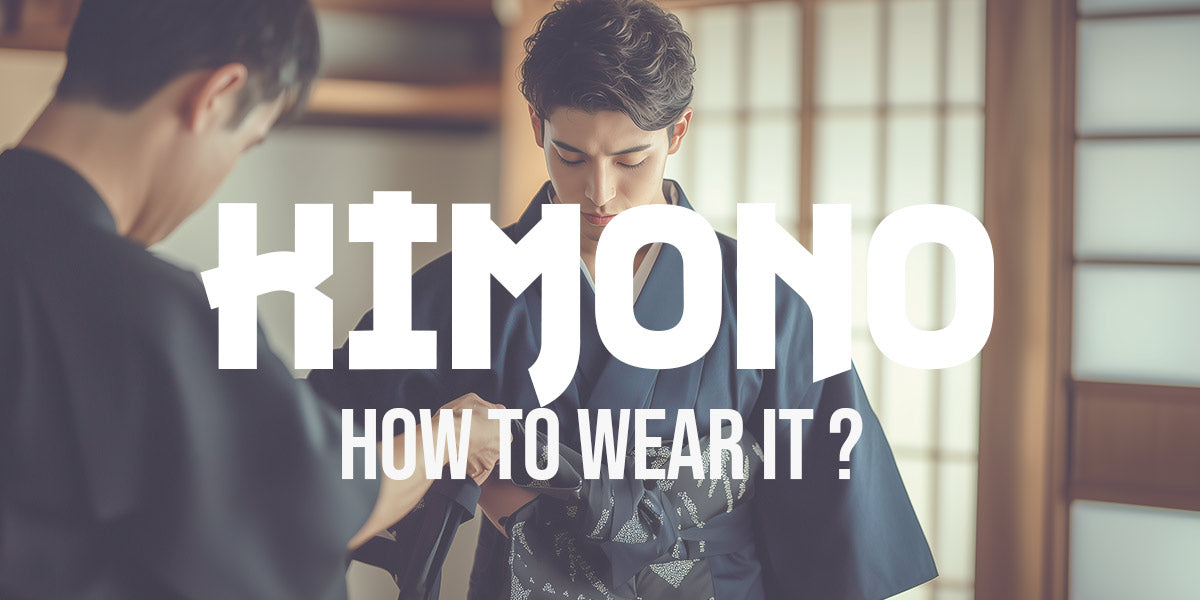
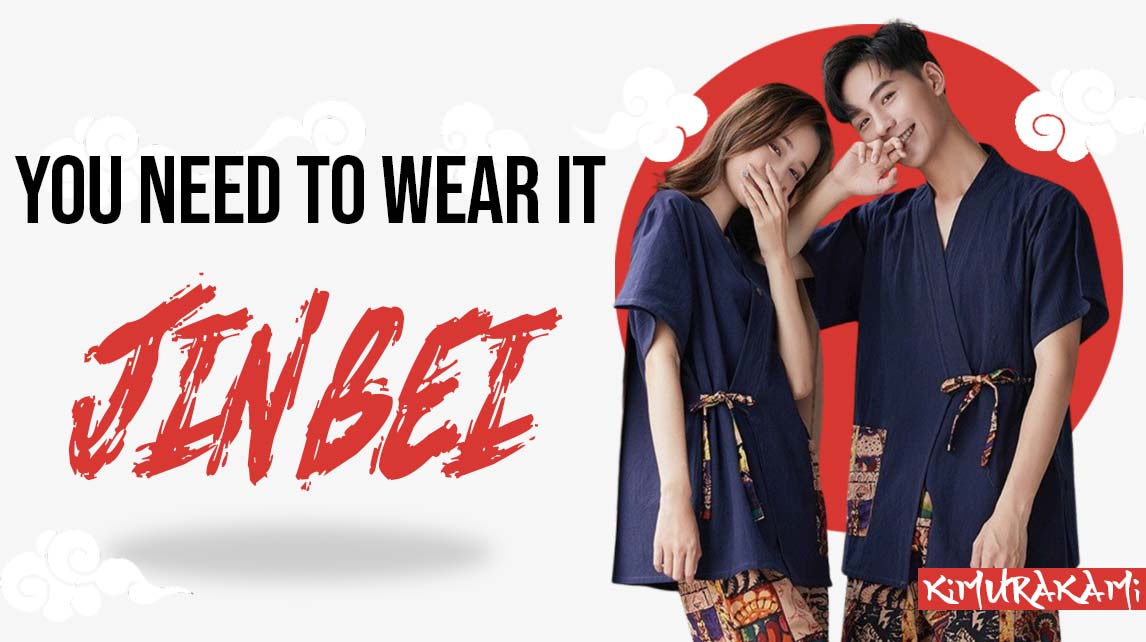
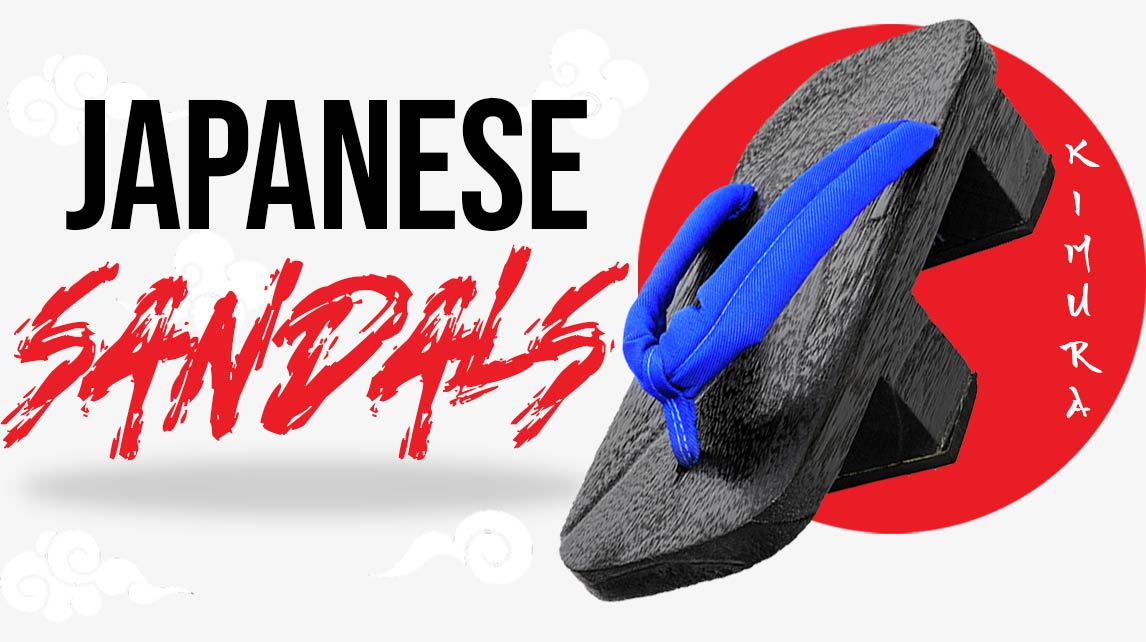
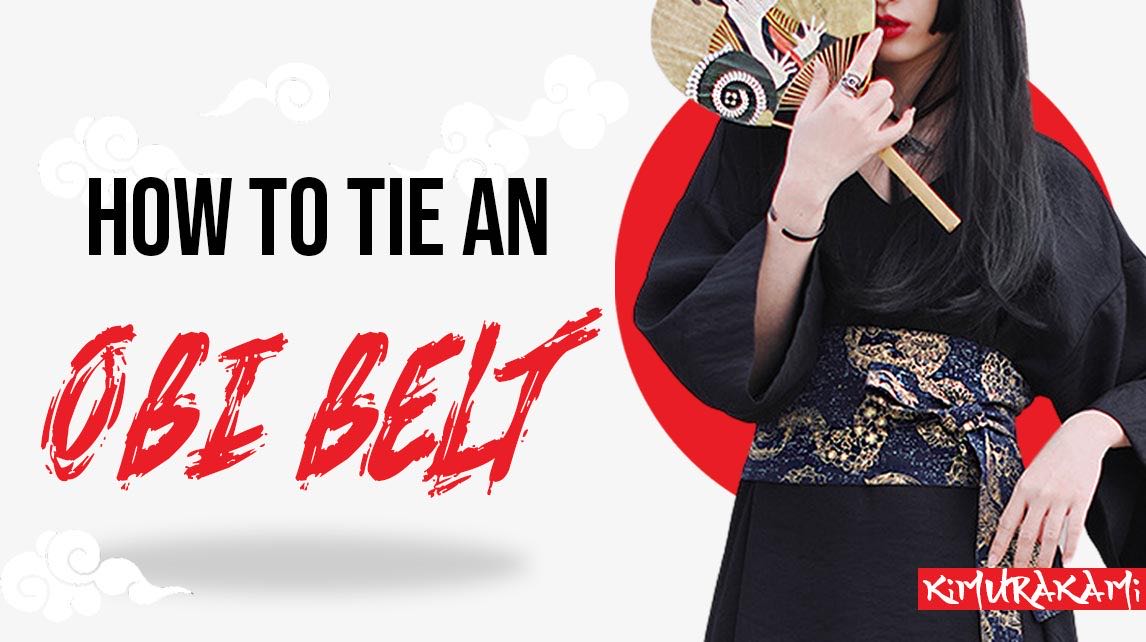
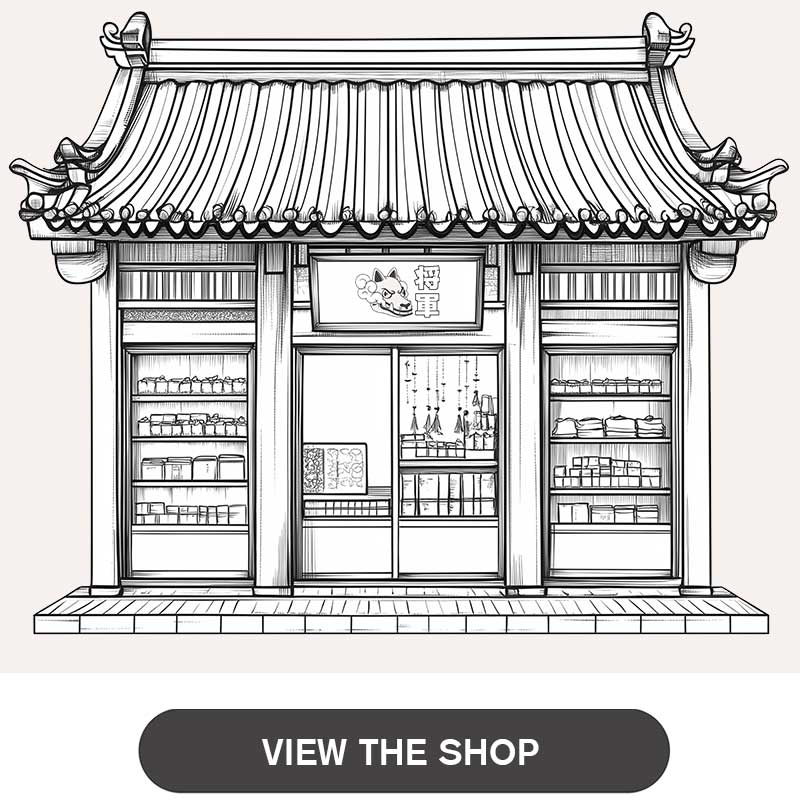
Thank you for this article. My wife, a college professor, has a Japanese student who recently brought a jinbei from Japan as a gift for our 2-year old daughter. When we asked her what it was called, she told us and then explained it was basically a yukata for children. We had no idea what a yukata was but didn’t wish to appear ignorant, so we smiled and said thank you. That led me to your article, which delighted me. I appreciate how you not only explained what the differences were, but also how to spot the differences based on what other clothing was being worn. And then knowing on which occasions to wear either a yukata or a kimono made me feel less ignorant. If I’m ever able to visit Japan, I would now fee slightly less like a gaijin! Thank you for your thoughtful explanation!
Leave a comment